Top 10 Deadliest Snakes in the World That Are Likely to Kill You
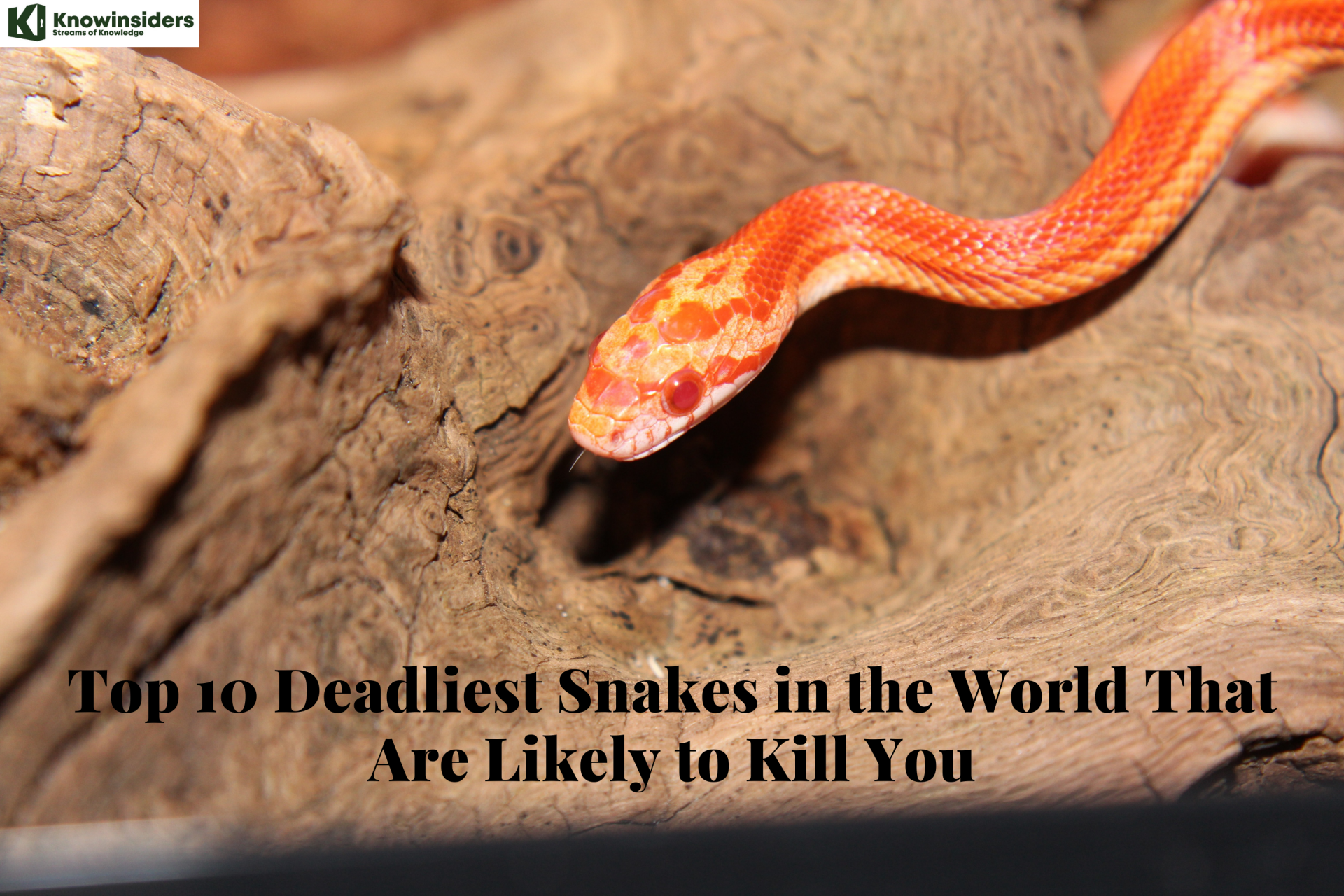 |
| Top 10 Deadliest Snakes in the World That Are Likely to Kill You |
According to the World Health Organisation, there are more than 600 venomous species of snakes on Earth, but only around 200 can do any real damage to humans.
There are several ways to define how venomous a snake is, so understanding the criteria used for any list is important. Some lists of most dangerous snakes in the world look at the lethal dose of venom needed from a snake to kill a mouse or person, whilst others look at how many mice or humans one bite from a snake would kill. Other lists are more interested in the deadliest snakes, so look at how many humans are killed each year by the snake, or at the percentage of humans killed by a snake bite if left untreated.
In truth, all of these factors should be taken into consideration when looking at the most venomous snakes, so we’ve done just that.
First, let’s get one thing straight—the term “poisonous snakes” is a misnomer, as poison and venom are different things. According to biologists, the term poisonous is applied when an organism releases toxins when they are eaten. The term venomous is applied when organisms bite or sting and inject their toxins through the bite. So, to say that the Black Mamba is one of the “most poisonous snakes in the world” would be incorrect. Instead, it’s one of the “most venomous snakes in the world”.
This list of deadliest snakes consists of the 10 most venomous species. They are ranked from 1 to 10 based on their venom’s toxicity.
What Is A Venomous Snake?
One of the largest misconceptions associated with venomous snakes is the difference between venom and poison. Venomous snakes inject venom into their prey through specialized teeth. Venom must be injected in order to have its effect, whereas poison must be swallowed.
Another misconception is that snakes inject venom each time they bite.
Venom is a valuable resource to snakes. It is used to help them hunt, feed, and defend themselves. According to the World Health Organization, half of all venomous snakebites are dry bites. This means that the snake bit without injecting any venom.
There are three main families of venomous species of snakes:
- Vipers are the most well-known
The family Viperidae includes Rattlesnakes, Moccasins, and Copperheads. Every snake in this family is venomous. Vipers have large fangs in the front of their mouths. These fangs fold against the roof of the mouth when not in use.
- Elapids are another family
Coral snakes, cobras, kraits, sea snakes, and mambas are all members of this family. Elapids have fixed fangs in the front of their mouths that are shorter than vipers’ fangs.
- Colubrids is a family of venomous and non-venomous snakes
The family Colubrid includes many of our ‘backyard’ species such as Ratsnakes, Milksnakes, Kingsnakes and Gartersnakes. Venomous Colubrids often have short, inefficient fangs. They normally cannot effectively inject venom without chewing. Many Colubrids are harmless to humans.
What is Snake Venom?
Snake venoms are some of the most complicated compounds in the world. Each venom varies depending on the species of venomous snake. It is specifically designed to subdue different types of prey and attack different parts of the body.
The normalized method to test the toxicity of snake venom is the LD 50 test. This is defined as “the dose of a test substance that is lethal for 50% of the animals in a dose group”
As a rule of thumb, the lower the LD 50 rating, the more toxic the venom.
A lower score means that less venom is required to be lethal. For example, the highly venomous Inland Taipan has a score of 0.013 mg/kg. The American Copperhead has a score of 2.711 mg/kg. This means Inland Taipan are deadlier snakes than American Copperheads.
Snake venom is very complicated, it has a large amount of variability. Each venomous snake has different: venom yields, temperaments and probabilities of dry bites.
Top 10 Deadliest Snakes in the World That Are Likely to Kill You
1. Timber Rattlesnake
2. King Cobra
3. Inland taipan
4. Saw-Scaled Viper
5. Eastern Brown Snake
6. Death Adder
7. Black Mamba
8. Boomslang
9. Tiger Snake
10. Blue Krait
************
1. Timber Rattlesnake
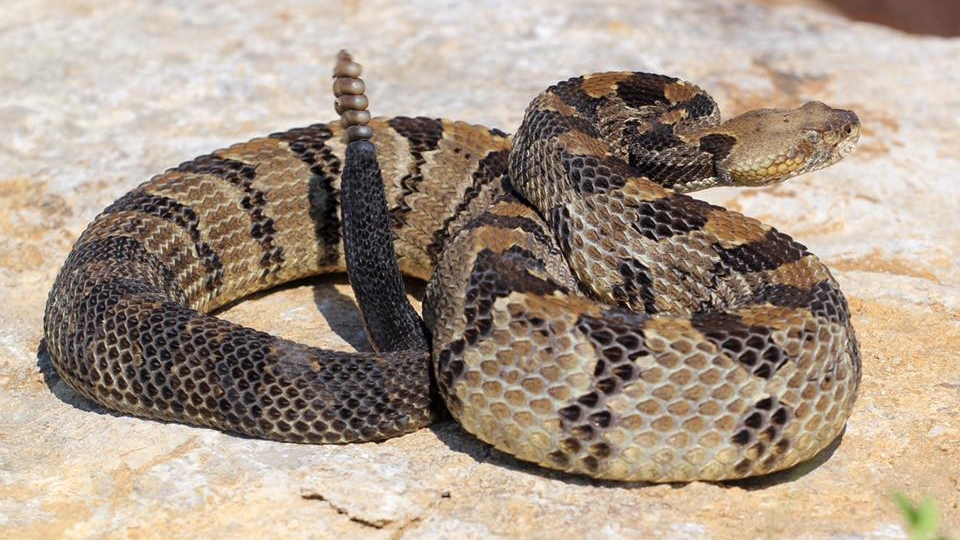 |
| Photo: webapps |
Ranging from eastern North America to as far west as Texas, Oklahoma, and Kansas, the timber rattlesnake is the only rattler species in the populous northeastern United States and is considered endangered or threatened throughout much of that region. Found mostly in woodlands, timber rattlers prey on rodents, birds, insects, and amphibians and are known to hunt during daytime in spring and autumn, then switching to nocturnal hunts in warm weather. The snake’s highly toxic, and relatively complex, venom, long fangs, and high venom yield make it potentially one of America’s most lethal serpents. However, timber rattlers are generally considered shy and nervous and are quick to seek shelter when encountered afield. The species tends to rattle and feint extensively before striking, though it will stand its ground if harassed.
2. King Cobra
 |
| Photo: a-z-animals |
When people think of deadly snakes, the king cobra is often the one that slithers to mind. It is not only deadly, but also is the longest of the venomous snakes. It can grow up to 18-feet-long, though that’s the extreme. If you happen across one, it’s not likely to be more than 12 feet, or so. Isn’t that reassuring?
These giants eat mostly other snakes, which is a redeeming feature for humans. Though generally not aggressive, they can be mean during the mating season. And you definitely don’t want to sneak up on one. When threatened, they do the classic cobra stance, raising their bodies straight up, spreading their hoods and hissing. If you want to continue to live, you’ll heed this warning.
3. Inland Taipan
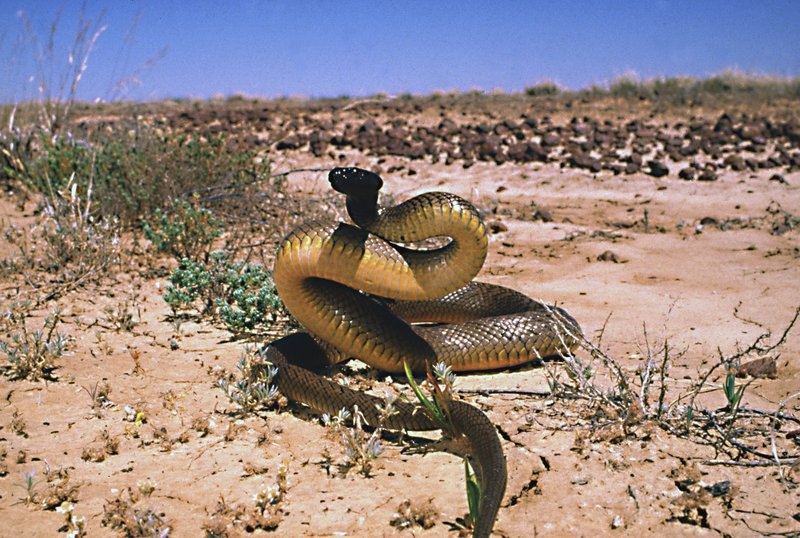 |
| Photo: australian.museum |
The inland taipan is one of the most venomous snakes, according to the International Journal of Neuropharmacology, meaning just a teensy bit of its venom can kill prey (or human victims). They live tucked away in the clay crevices of Queensland and South Australia's floodplains, often within the pre-dug burrows of other animals. Living in more remote locations than the coastal taipan, the inland taipan rarely comes into contact with humans, the Australian Museum reported. When the taipan does feel threatened, the snake coils its body into a tight S-shape before darting out in one quick bite or multiple bites. A main ingredient of this venom, which sets it apart from other species, is the hyaluronidase enzyme. According to a 2020 issue of Toxins journal (Novel Strategies for the Diagnosis and Treatment of Snakebites), this enzyme increases the absorption rate of the toxins throughout the victim's body.
Inland Taipans are associated with the deep cracking-clays and cracking-loams of the floodplains, however they also venture onto nearby gibber plains, dunes and rocky outcrops if cover is available. The vegetation in these areas is usually sparse, consisting of chenopod shrubs, lignum and the occasional eucalypt near the water channels.
4. Saw-Scaled Viper
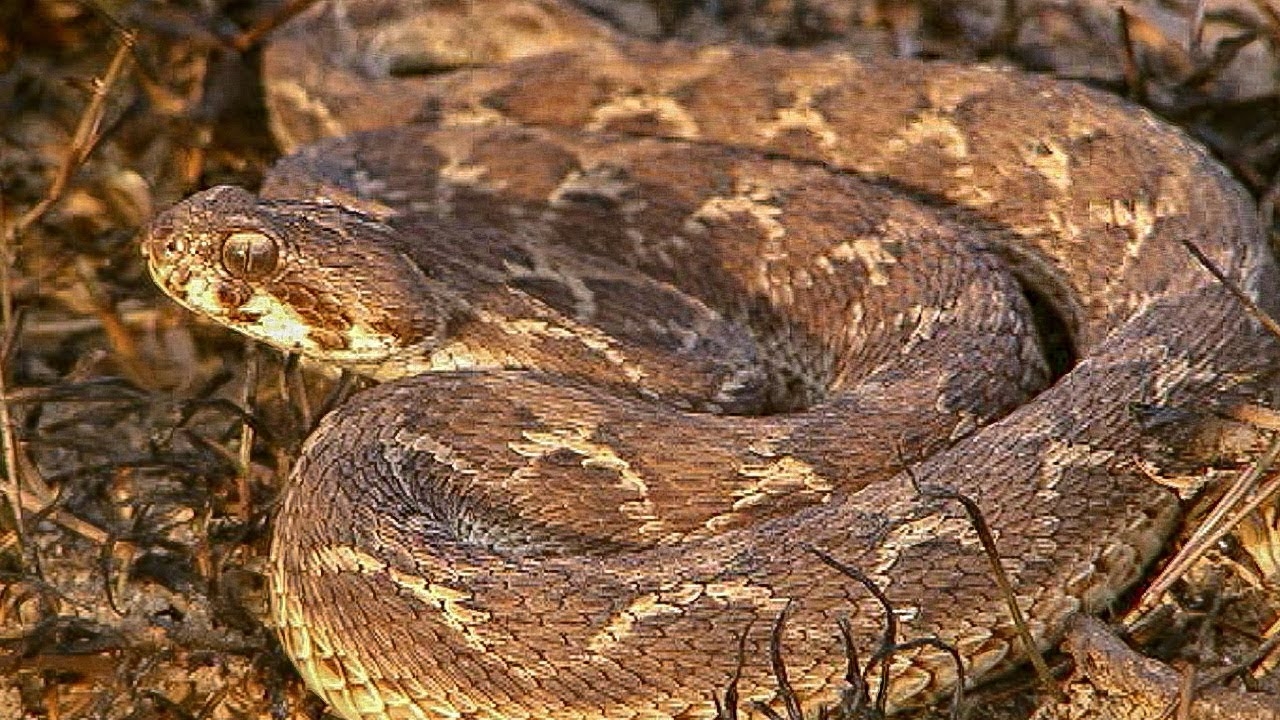 |
| Photo: Youtube |
Although its venom is not very potent, the Saw-Scaled Viper is considered as one of the world’s deadliest snakes as it is believed to be responsible for more human fatalities than all other snakes put together. These snakes have a stout body with a pear-shaped head which is distinct from the neck. Adult Saw-Scaled Vipers range in length from 0.3 to 0.9 metres and they come in shades of brown, grey, or orange with darker dorsal blotches and lateral spots.
Unlike most snakes, the Saw-Scaled Viper moves sideways (sidewinding locomotion). They are nocturnal and feed on mammals, birds, other snakes, lizards, amphibians, scorpions and centipedes. They can be found in arid regions and dry savannahs north of the Equator across Africa, India, Sri Lanka, Pakistan, and the Middle East.
Saw-Scaled Vipers are considered to be one of deadliest snakes of the world because they are often found in populated areas and a lack of readily accessible antivenom in rural areas adds to their lethality. So clearly, the potency of the venom has no bearing on the list of world’s deadliest snakes.
5. Eastern Brown Snake
 |
| Photo: inaturalist |
Native to Eastern and Central Australia and Southern New Guinea, the solitary and fast-moving eastern brown snake is found in most habitats apart from dense forests. They measure up to 2 meters long with a slender build, and no demarcation between the head and neck. Although it’s called the eastern brown snake, it’s found in a range of colours – from pale brown to black – and has a creamy yellow underside.
It’s considered the world’s second-most venomous land snake and is responsible for about 60% of snakebite deaths in Australia. In a full display, the snakes’ head rises high off the ground, coiling to an ‘S’ shape to attack, often resulting in lethal bites to the victim’s upper thigh. The venoms’ main effects impact the circulatory system, resulting in hemorrhaging, cardiovascular collapse, and cardiac arrest.
6. Death Adder
 |
| Photo: biomedicalsciences |
The Death Adder is a highly venomous elapid snake found in Australia, New Guinea, and the surrounding region. It is considered one of the deadliest snakes in the world, with approximately seven different species making up its overall genus. Although the Death Adder has a viper-like appearance, it is actually a member of the elapid family of snakes, which includes Cobras and Black Mambas.
Death Adders are quite short, with triangular heads and small scales adorning their bodies. They also possess large fangs, as well as a “lure” at the end of their tail that resembles a small worm. Typically, the Death Adder maintains a shade of black or grey. However, some Death Adder species can take on a reddish-yellow, brown, or greenish-grey hue.
7. Black Mamba
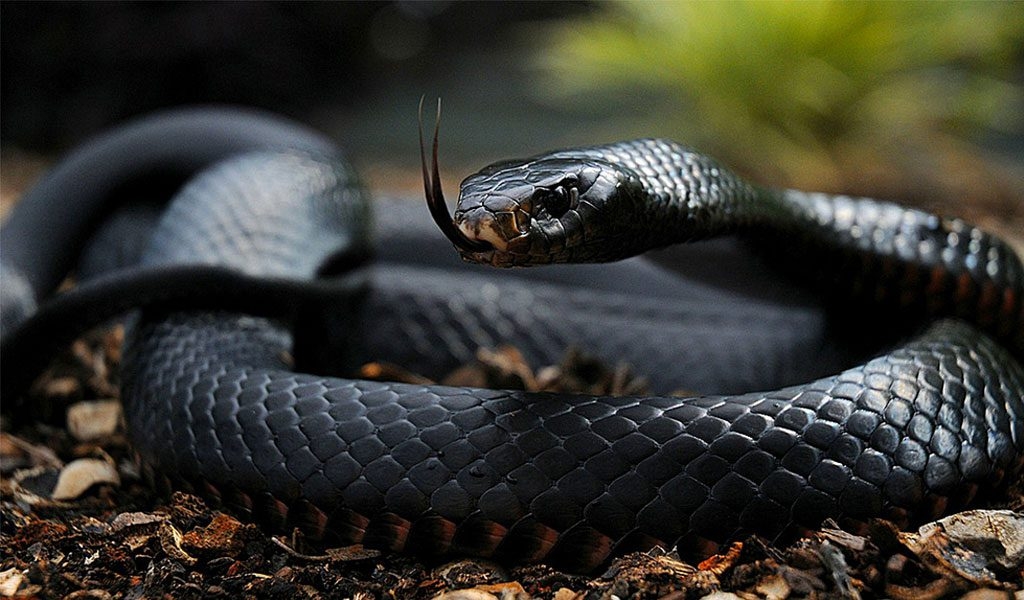 |
| Photo: animalcorner |
The Black Mamba is a species of extremely venomous snake that resides in Sub-Saharan Africa. This snake is also known to live in both the ground as well as trees. As a result, they are often found along savannas, woodlands, forests, and rockier regions. It is in these regions that the Black Mamba often preys on birds and other small animals. Given its rapid speed (around 10 miles per hour), the snake is able to overcome most of its prey with ease.
The Mamba is known for its long length, at approximately 6.6 feet to 10 feet on average. Some Black Mambas have even reached lengths of nearly 14.8 feet, making it one of the longest venomous snakes in the world. The Black Mamba often maintains a color of grey, olive, and dark brown, with adults being far darker than younger mambas.
8. Boomslang
 |
| Photo: reptilesmagazine |
The boomslang lives in trees throughout most of Africa, especially in Swaziland, Botswana, Namibia, Mozambique, and Zimbabwe. As you can no doubt see, the boomslang has an incredibly potent bite, only injecting 1-8 mg at a time. However, its LD50 amount is so low that it would only take a single bite to kill a person. But what’s even more dangerous than the venom from the boomslang? The false sense of security it gives people after they have been bitten.
The boomslang is notorious for biting people and having no adverse side effects– at least not right away. Many snakebite victims of the boomslang assume that they have been bitten with a dry bite, or nonlethal dose. However, the side effects come when it is already too late: boomslang venom prevents blood from coagulating inside the body, resulting in internal bleeding, even hemorrhaging in vital organs.
9. Tiger Snake
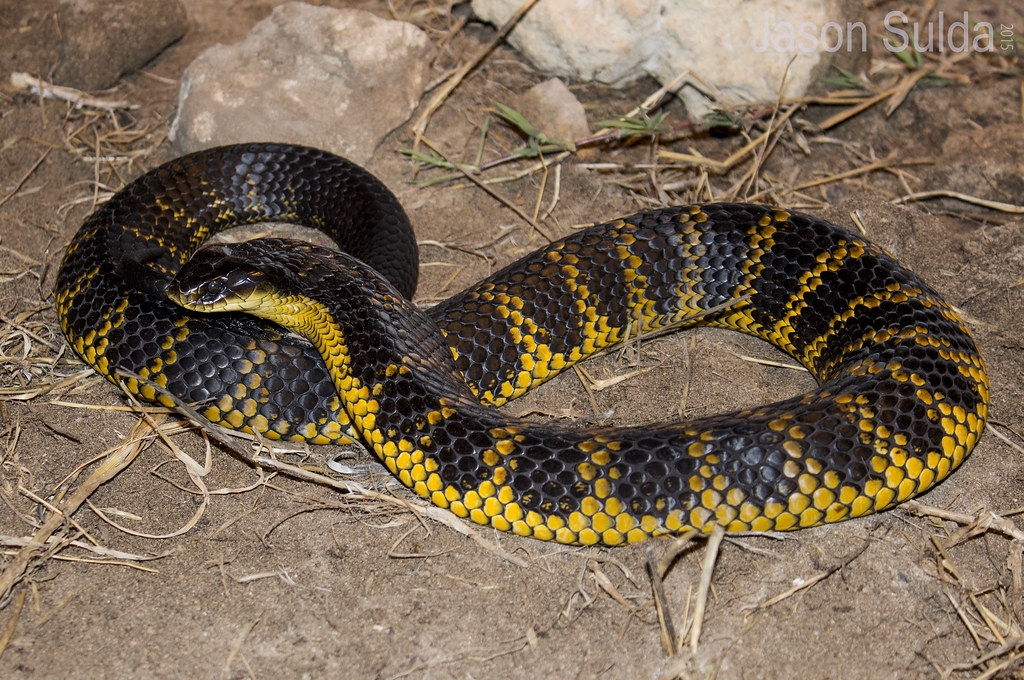 |
| Photo: flickr |
This highly venomous snake is one of the deadliest snakes in Australia. The Tiger Snake’s venom contains a blood-clotting agent and nerve paralyser, therefore it can also be considered one of the world’s deadliest snakes.
They are highly variable in colour and are often banded like the stripes on a tiger. A Tiger snake can grow to lengths of up to 1 to 1.5 metres. These are solitary snakes and interact only for mating purposes. Tiger Snake is active during the day, however, it is known to also be active during warm nights. Similar to cobras, they are aggressive when startled. Although they usually avoid people, they might attack if disturbed or threatened. While the tiger snake mainly feeds on frogs, it also eats other reptiles, fish, birds, and small mammals. Native to Australia, they are found in Tasmania, Queensland, South Australia, New South Wales, and Victoria.
A Tiger Snake’s venom contains highly potent neurotoxins, coagulants, myotoxins, and haemolysins. Once bitten by the tiger snake, the victim will experience extreme pain in the foot and neck, body tingling, excessive sweating, numbness, trouble breathing, and paralysis. The venom can be fatal to humans and the mortality rate is nearly 60 percent.
10. Blue Krait
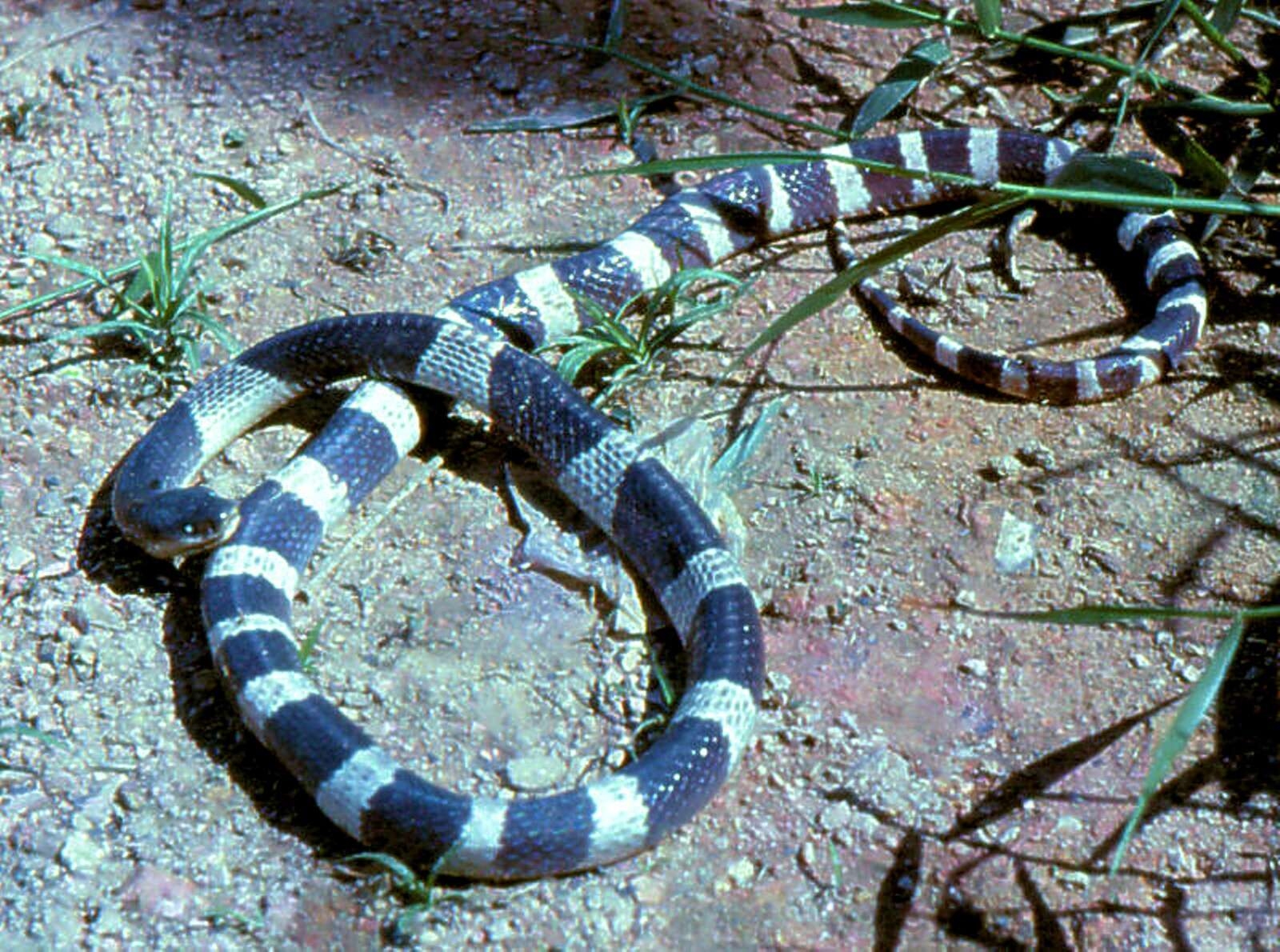 |
| Photo: eol |
The Blue Krait, or Malayan Krait, is a highly venomous snake of the elapid family. On average, the snake reaches lengths of approximately 3.6 feet and maintains a color pattern of bluish-black crossbands that are separated by yellowish-white interspaces.
The Blue Krait is found predominantly in southeast Asia, including Indochina and Indonesia. It primarily feeds on mice, other snakes (including other Blue Kraits), reptiles, and small rodents.
Current studies have shown that the Blue Krait prefers fields, holes, and even homes for its habitat. The Blue Krait is also fond of water sources and is often found near rivers, lakes, and ponds. It is also been found that Blue Kraits are primarily nocturnal in their hunting habits.
What’s the difference between most poisonous and most venomous snakes?People often talk about the ‘most poisonous snake in the world’, but it’s worth taking a moment to clarify the definitions of ‘poisonous’ vs ‘venomous’. The term venomous is used for any living things that bite or sting to inject their toxins The term poisonous is used for any living things that unload toxins when you eat them. Almost all snakes transfer their toxins via a bite, so are venomous rather than poisonous. One exception to this rule is the small garter snake with a harmless bite, but which is toxic to eat as it absorbs and stores the toxins of the newts and salamanders it preys on. This makes the garter snake the most poisonous snake! |
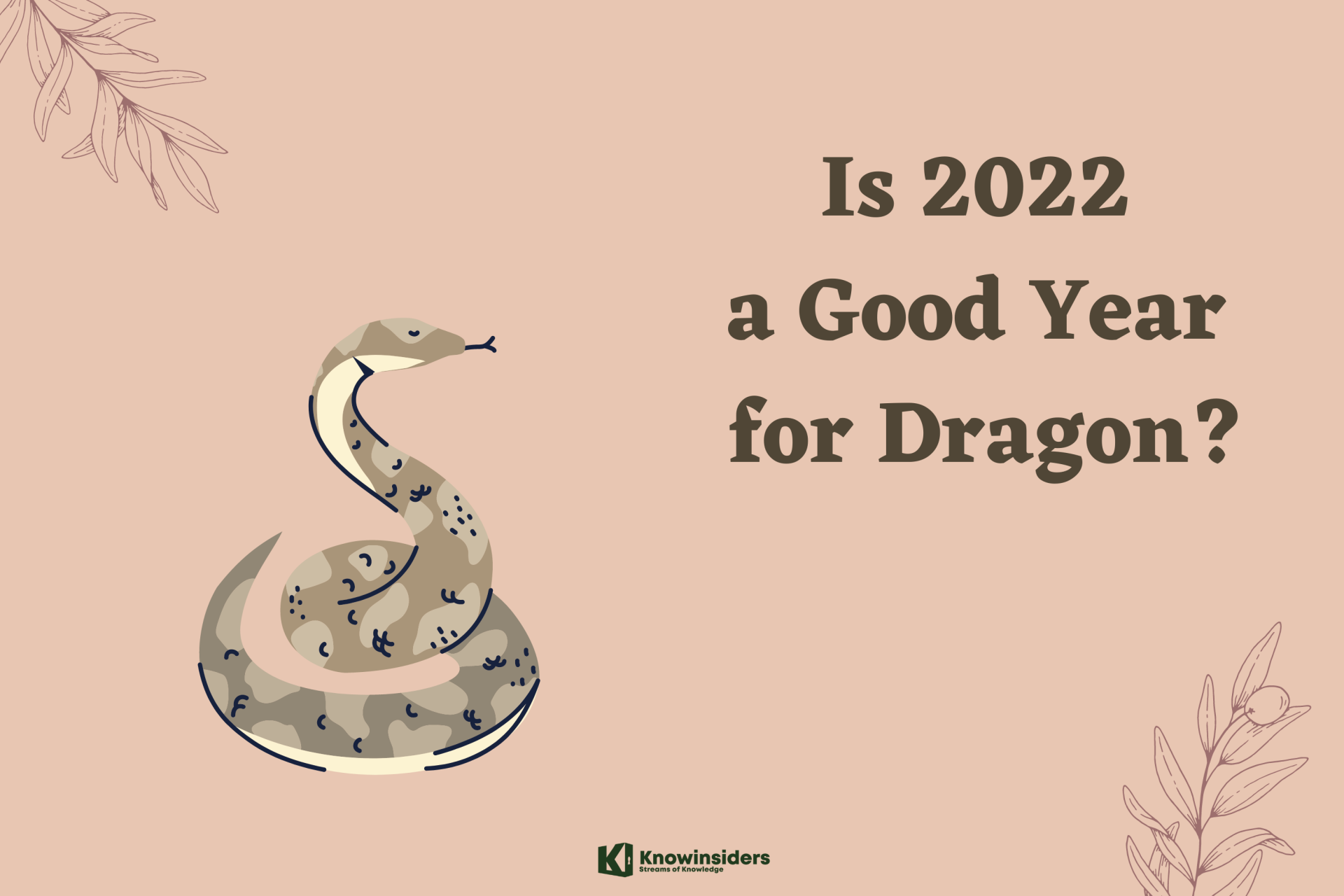 Is 2022 a Good Year for Snake? Is 2022 a Good Year for Snake? Snake will encounter the Punishment of Tai Sui in 2022. Scroll down for a detailed account of 2022 horoscope predictions for Snake! |
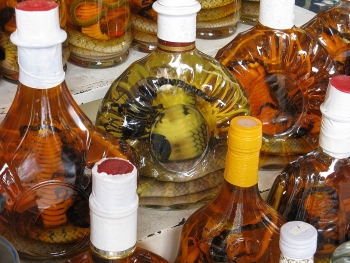 World's Weirdest Drinks: Snake Bile Wine World's Weirdest Drinks: Snake Bile Wine Have you ever heard of, or tasted, snake bile wine when coming to Asia countries? If not yet, Knowinsider will introduce you some information about ... |
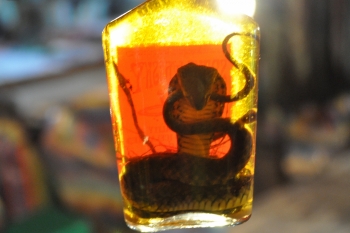 Snake Wine - One of the World's Weirdest Drinks in VietNam Snake Wine - One of the World's Weirdest Drinks in VietNam The exotic snake wine of Vietnam has been an unusual drink around the world. This article figures out some interesting information about this special drink ... |























